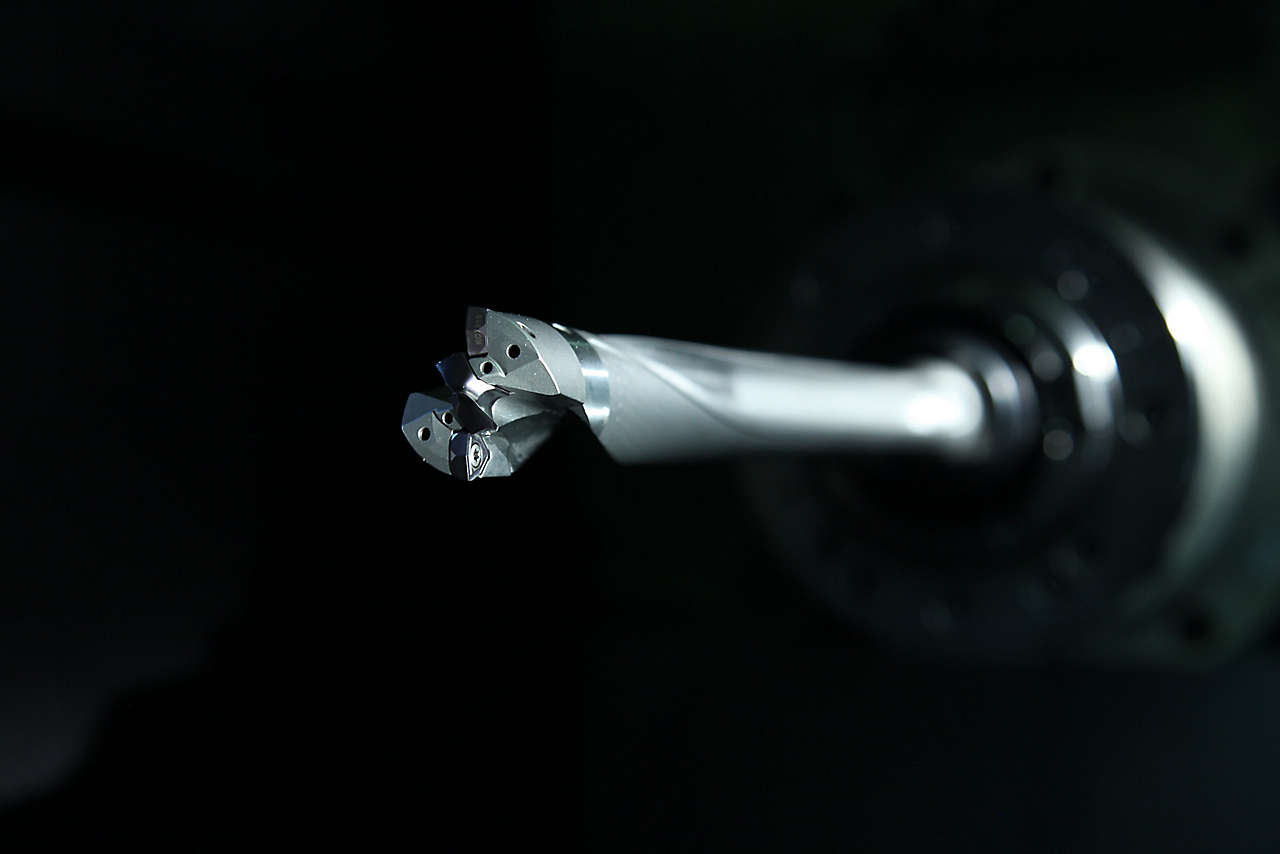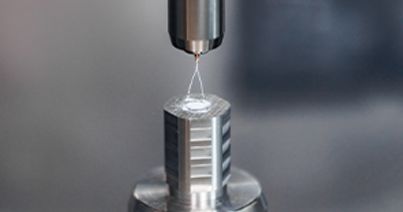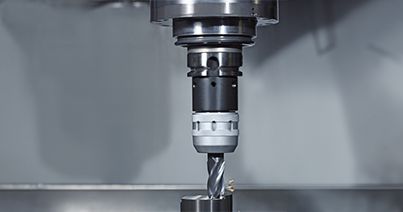Drill Bit Materials
Machine shops and metal fabricators have long turned to high-speed steel (HSS) and cobalt steel drill bits for their holemaking needs. In fact, the first HSS tools were developed more than a century ago, with cobalt coming along not after. These all-purpose cutting tools are tough, easy to use, and inexpensive, making them a favorite of maintenance and repair facilities, job shops, and manufacturers faced with a wide variety of workpiece materials.
Despite this impressive history, there’s just one problem with HSS drill bits: they’re slow. Compared to its more modern counterpart—tungsten carbide—HSS operates at roughly one-fourth the cutting speed and far lower penetration rates besides. Granted, some shops have limited holemaking needs, or only drill soft materials like plastic and wood; unless they’re looking for greater accuracy or extended tool life, HSS is perfectly fine. But for shops interested in maximizing productivity on their CNC lathes and machining centers, solid carbide, indexable, and modular drill bits are the clear choice.







